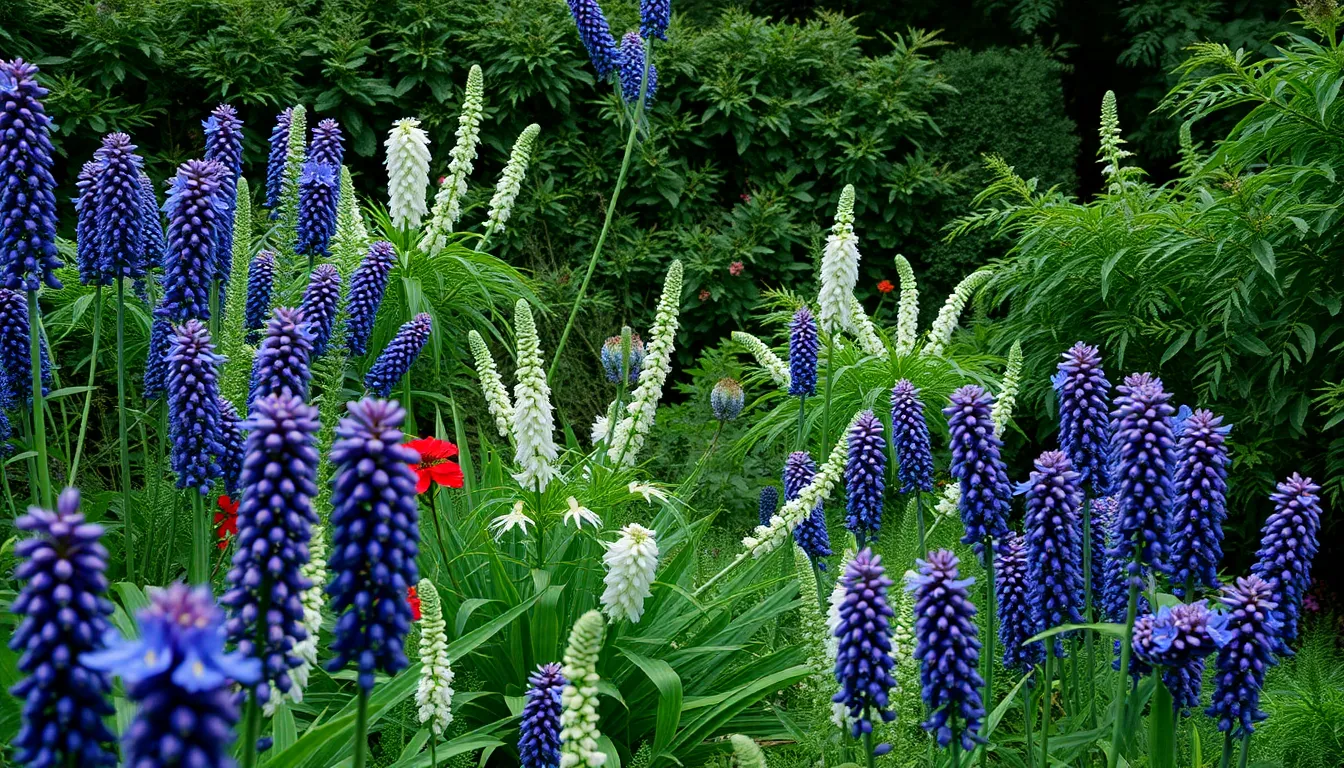The Myth of the Invincible Plant: What You Should Watch Out For
1. Introduction: Debunking the Myth of the Invincible Plant
The term “invincible plant” often refers to those species that are touted as nearly impossible to kill, making them popular among novice gardeners and busy individuals alike. However, this myth can lead to complacency about proper plant care.
Many well-known plants, such as pothos, snake plants, and succulents, are frequently considered indestructible. While they may be more forgiving than others, they still require specific care to thrive.
Understanding the limitations and needs of these plants is critical. This article aims to debunk the myth of the invincible plant and promote better plant care practices.
2. The Allure of Low-Maintenance Plants
In recent years, the popularity of low-maintenance plants has surged, partly due to the growing interest in houseplants and urban gardening. Many people are drawn to these easy-care options for several reasons:
- They fit well into busy lifestyles.
- They provide a sense of accomplishment and connection to nature.
- They can improve indoor air quality and aesthetics.
However, the psychological effects of owning these plants can sometimes lead to misconceptions about their resilience. Some owners may believe that less maintenance means no maintenance at all, which is far from the truth.
3. Identifying Truly Hardy Plants
While some plants are indeed more resilient, it’s essential to identify which ones are genuinely hardy. Examples include:
- Succulents: These plants store water in their leaves, making them drought-resistant.
- Snake Plants: Known for their tolerance to low light and irregular watering.
- ZZ Plants: They thrive in low light and can go weeks without water.
Factors contributing to plant hardiness include adaptability to various environmental conditions, drought resistance, and resilience against pests and diseases. Additionally, native plants often exhibit remarkable resilience as they are well-suited to their local ecosystems.
4. The Role of Environment in Plant Health
Even the hardiest plants have specific requirements for light, water, and soil conditions. Understanding these factors is crucial for successful plant care:
- Light: Different plants require different light levels—some thrive in direct sunlight, while others prefer shade.
- Water: The amount and frequency of watering can vary significantly based on the plant type and environmental conditions.
- Soil: Well-draining soil is essential for preventing root rot in many plant species.
Environmental challenges, such as seasonal changes or fluctuations in humidity and temperature, can impact even hardy plants, making it vital to adjust care accordingly.
5. Common Mistakes Made by Plant Owners
Many plant owners inadvertently make mistakes that can harm their plants. Here are some common pitfalls:
- Overwatering vs. Underwatering: Finding the right balance is key. Overwatering can lead to root rot, while underwatering can cause drought stress.
- Ignoring Pest Infestations: Failing to address pests can lead to significant damage. Regular inspections are important.
- Misunderstanding Light Requirements: Not all plants thrive in the same light conditions. Knowing each plant’s needs is essential for their health.
6. The Importance of Proper Plant Selection
Selecting the right plants for your environment is crucial. Consider the following:
- Indoor vs. Outdoor: Some plants are better suited for indoor conditions, while others thrive outdoors.
- Plant Needs: Understand each plant’s specific requirements for light, water, and soil.
- Personal Commitment: Choose plants that fit your lifestyle and level of experience.
Taking the time to research and match plants to your living environment can enhance both plant health and your enjoyment of gardening.
7. Signs Your Plant Might Be Struggling
Regular monitoring is essential to ensure your plants are healthy. Look for these signs of distress:
- Visual Indicators: Yellowing leaves or wilting can indicate issues with watering or nutrients.
- Behavioral Signs: Stunted growth or visible pests may signal that your plant is struggling.
Understanding these signs can help you take timely action to rectify any problems and promote plant health.
8. Sustainable Practices for Plant Care
Adopting sustainable practices not only benefits your plants but also the environment. Consider these eco-friendly methods:
- Pest Control: Use natural pesticides or introduce beneficial insects to manage pests.
- Composting: Create your own compost to enrich the soil naturally.
- Organic Gardening: Avoid chemicals and opt for organic fertilizers and soil amendments.
Promoting biodiversity through your gardening practices can lead to a healthier ecosystem overall.
9. Resources for Plant Enthusiasts
Whether you’re a novice or an experienced gardener, various resources can enhance your knowledge:
- Books: Look for titles focused on plant care and gardening techniques.
- Websites and Apps: Utilize online platforms for tips, tutorials, and plant identification.
- Community Groups: Join local gardening clubs or online forums to share experiences and advice.
- Nurseries and Workshops: Visit local nurseries for expert advice and participate in gardening workshops.
10. Conclusion: Embracing Realism in Plant Care
In conclusion, the myth of the invincible plant can lead to misunderstandings about proper plant care. Recognizing the reality of plant needs and limitations is essential for any gardener.
By educating yourself and practicing responsible gardening, you can ensure the health and longevity of your plants. Remember, the journey of plant care is as rewarding as the outcome, and finding joy in nurturing your plants is what truly matters.




